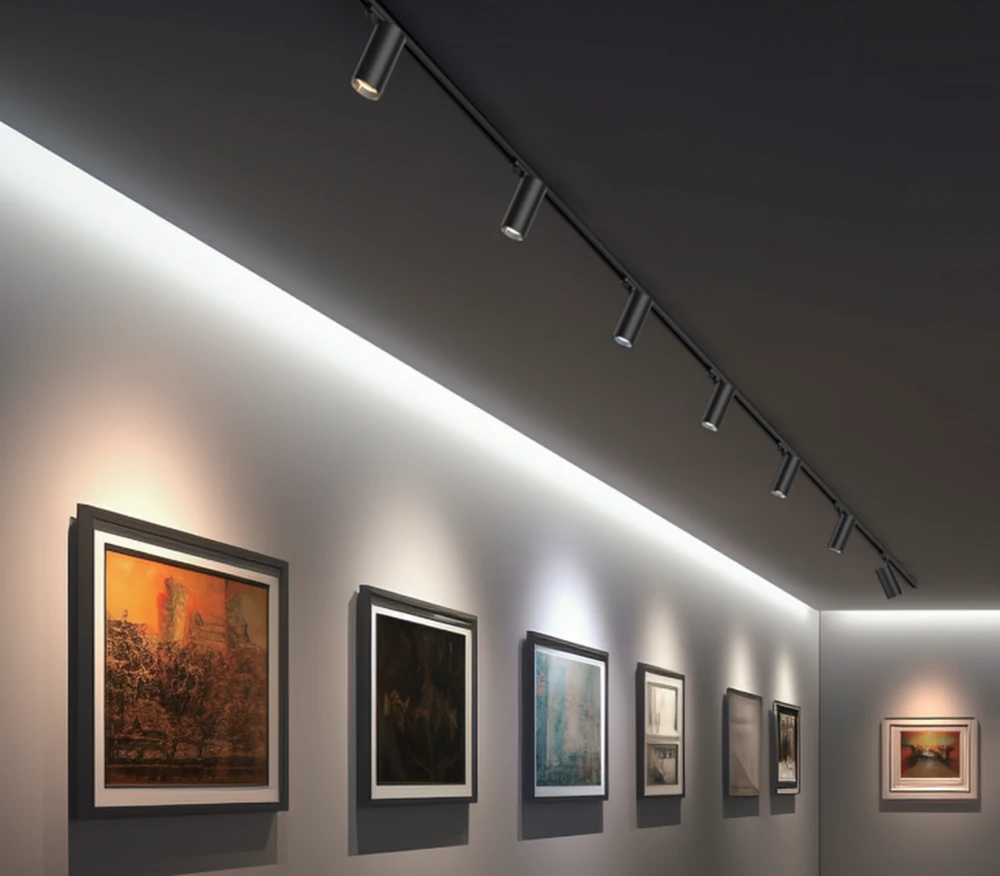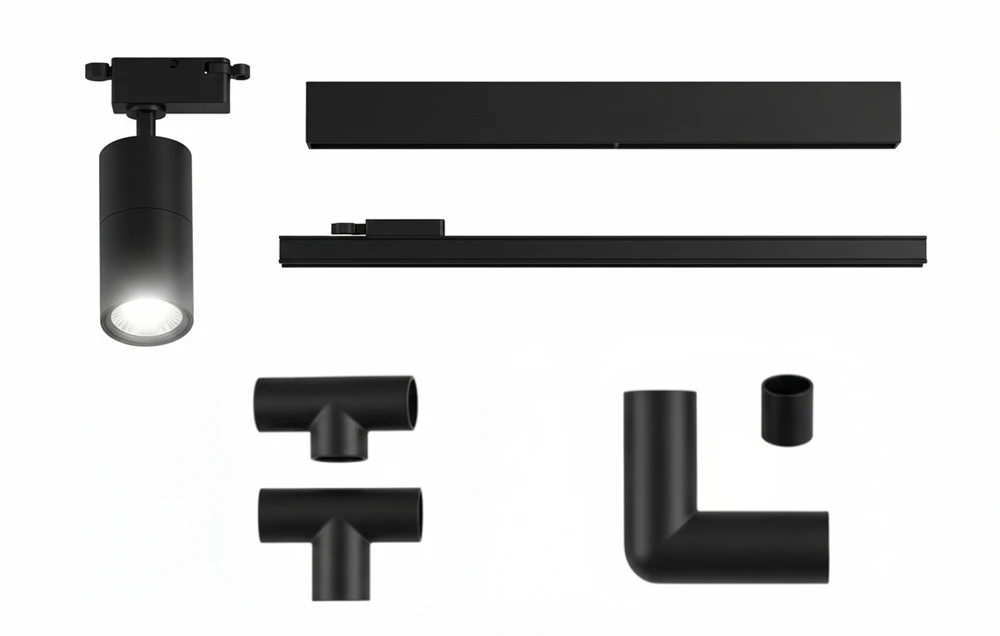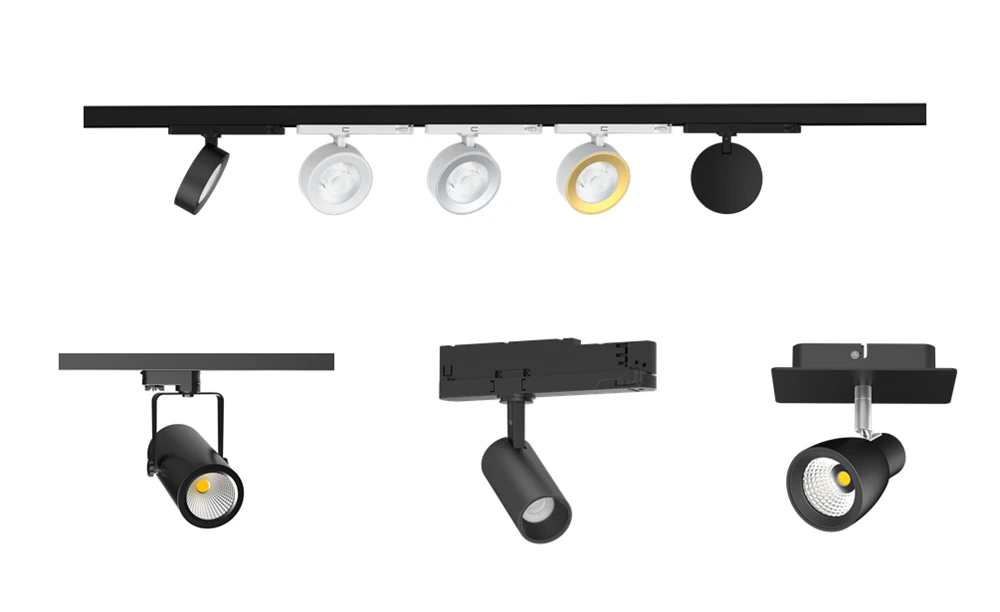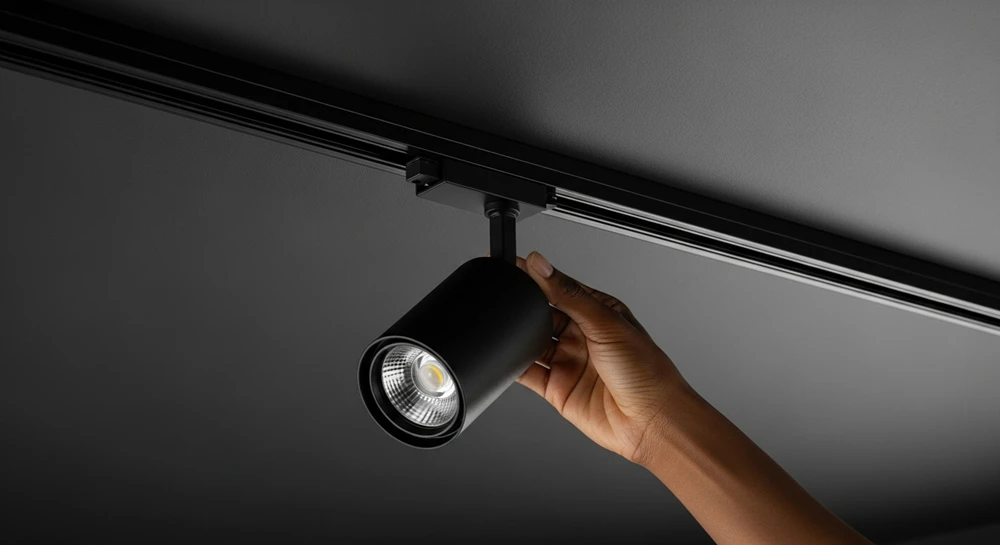How to Choose Right Track Lights for Your Needs

Selecting the perfect track lighting system can transform your space—whether you’re highlighting artwork in a gallery, illuminating work surfaces in a kitchen, or creating ambiance in a living room. Follow these key considerations to make an informed choice.
Know About the Components of Track Lights
A track lighting system consists of several key components. Understanding them will help you build your ideal track lighting system.
The track or rail is the backbone of the system. It's the metal channel that mounts to your ceiling or wall and provides power to the light fixtures.
The power feed is where electricity enters the track. The most common type is a "live-end feed" that connects directly to a ceiling junction box. A "floating canopy" feed allows you to place the track away from an existing junction box.

The track heads are the actual lights that you attach to the track. They come in an endless variety of styles, from minimalist pinholes and classic spotlights to elegant pendants that drop down from the track. You can slide them along the track and aim them wherever you need light.
If you want your track to turn a corner or create a T-shape, you'll need connectors (like an 'L' or 'T' connector) to join the pieces of the track together.
Define Your Lighting Purpose
This means understanding exactly what you want the light to achieve in a given space. Track lighting offers incredible versatility, making it suitable for a range of functions.
By clearly defining the purpose of lighting for each area, you can then select the appropriate track length, number of fixtures, beam angles, light output (in lumens), and color temperature to meet your design and functional needs effectively.
Choose the Right Track Light Types
Not all tracks are created equal. The primary distinction lies in the contact points inside the track. There are three main standards in North America. H-Type (Halo) features three contacts on the fixture adapter. J-Type (Juno) features two contacts spaced further apart. And L-Type (Lightolier) features two contacts spaced closer together.

Crucially, these systems are not interchangeable. When buying, ensure that your track and heads are from the same system type. If you have an existing track, identify its type before buying new heads.
Select Appropriate Track Heads
Spot heads emit narrow beams for pinpoint highlighting. Wider beams of flood heads are suitable for general wash lighting.
Integrated LED heads are sleek and often more efficient, but the entire head is replaced at the end of life.
Modular heads are replaced only with the LED module, potentially reducing waste and cost.
Installation and Layout Planning
We should measure ceiling lengths and plan straight, L‑shaped, or T‑shaped runs. Pay attention to allow service access—avoid running tracks too close to walls or obstacles.

Surface‑mount feed can be central or end‑of‑run; plan for minimal exposed wiring.
Ensure the ceiling can support channel weight and that electrical junctions comply with code.
Quality Certifications and Warranty
Opt for fixtures with recognized certifications like CE, UL, RoHS, or Energy Star. These ensure compliance with safety and performance standards. A solid warranty (3–5+ years) and rated lifespan (≥ 50,000 hours or L70 lifespan) indicate confidence in durability.
Choosing the right track lighting involves a thoughtful assessment of your lighting needs, design preferences, and practical considerations. By following this guide, you can select a system that enhances both the functionality and aesthetics of your space, creating a well-lit and inviting environment.